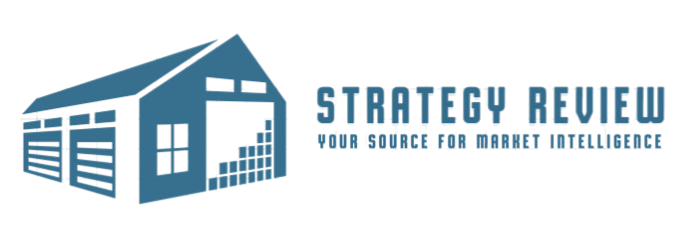How Consumer Confidence Drives Market Spending
The economy is a complex web, and at its heart lies the consumer. How consumers feel about the present and future significantly shapes their spending habits, which in turn, profoundly impacts market performance. Understanding this relationship between consumer confidence and market spending is crucial for investors, business owners, and anyone interested in the overall economic landscape. Think of it as a barometer: high consumer confidence usually signals sunny skies for the economy, while low consumer confidence can indicate a brewing storm.
Key Takeaways:
- High consumer confidence typically leads to increased spending and economic growth.
- Several factors, including employment rates, inflation, and political stability, influence consumer confidence.
- Businesses and investors closely monitor consumer confidence indices to make informed decisions.
- Consumer confidence acts as a predictive indicator for potential economic shifts.
Understanding How Consumer Confidence Drives Market Spending
Consumer confidence is essentially a measure of how optimistic or pessimistic people are about the economy’s future. It reflects their feelings about their job security, income prospects, and overall financial well-being. When people feel confident, they are more likely to spend money, fueling economic growth. Conversely, when they are pessimistic, they tend to save more and spend less, potentially leading to economic slowdowns.
Several factors contribute to consumer confidence. A strong job market with low unemployment is a significant booster. When people feel secure in their jobs, they are more willing to make significant purchases, like cars or homes. Inflation also plays a crucial role. Rising prices can erode purchasing power and make people hesitant to spend. Interest rates, government policies, and even global events can also influence how consumers feel about the future.
The Direct Impact of Consumer Confidence on Spending Habits
The link between consumer confidence and spending habits is pretty direct. When consumer confidence is high, people are more likely to:
- Increase Discretionary Spending: They’ll dine out more, buy new clothes, travel, and generally indulge in non-essential goods and services. This surge in spending benefits various sectors, including retail, hospitality, and entertainment.
- Make Big-Ticket Purchases: Confident consumers are more likely to invest in significant items like cars, appliances, and homes, boosting durable goods orders and construction activity.
- Take on Debt: With a positive outlook, people feel comfortable borrowing money for investments or purchases, further stimulating economic activity. However, high levels of debt need to be monitored, especially when gb’s rates are fluctuating.
On the other hand, when consumer confidence is low, the opposite happens. People cut back on discretionary spending, postpone major purchases, and become more cautious about taking on debt. This can lead to decreased sales, production cuts, and potential layoffs, creating a negative feedback loop.
How Businesses React to Fluctuations in Consumer Confidence
Businesses closely monitor consumer confidence indices, like the Consumer Confidence Index reported by The Conference Board in the US and similar measures in other countries like the gb, to gauge the overall economic climate and adjust their strategies accordingly.
- Inventory Management: If consumer confidence is rising, businesses may increase their inventory levels to meet anticipated demand. Conversely, if consumer confidence is declining, they may reduce inventory to avoid getting stuck with unsold goods.
- Pricing Strategies: In a high consumer confidence environment, businesses may be able to raise prices without significantly impacting sales. However, in a low consumer confidence environment, they may need to offer discounts or promotions to attract customers.
- Investment Decisions: High consumer confidence can encourage businesses to invest in expansion, new product development, and hiring. Low consumer confidence may lead to businesses delaying or scaling back investment plans.
- Marketing Campaigns: Marketing messages may shift depending on the level of consumer confidence. When consumer confidence is high, campaigns may focus on luxury and aspiration. When consumer confidence is low, campaigns may focus on value and practicality.
Using Consumer Confidence as a Predictive Economic Indicator
Consumer confidence is often used as a leading economic indicator, meaning it can provide insights into future economic activity. A sustained increase in consumer confidence typically precedes a period of economic growth, while a sustained decrease can signal a potential recession.
However, it’s important to remember that consumer confidence is just one piece of the puzzle. It should be considered alongside other economic indicators, such as GDP growth, unemployment rates, and inflation, to get a more complete picture of the economy. Furthermore, consumer confidence can be influenced by factors that are not directly related to the economy, such as political events or social trends. Therefore, it’s essential to interpret consumer confidence data with caution and consider the broader context. For example, even if confidence is high, rising inflation could eventually counteract this, leading to a drop in spending as people’s disposable income decreases. Understanding these nuances is crucial for accurate economic forecasting and informed decision-making.


